Before the housing bubble burst, before Lehman Brothers fell, and before sub-prime loan losses were making the news, I became subconsciously aware of the growing number of vacant commercial spaces around me. I began looking through dirty windows to better see into the interior spaces left behind when businesses fail. They seemed filled with sadness, with the emotions of loss contained within their empty walls. Only the faintest physical traces of the last occupants remained. While standing outside these spaces and pushing my face against the glass I was building an unexplainable bond with them. They gave me somewhere to put the emotions inside me that had nowhere else to go.
As a photographer, I wanted to capture the essence of these spaces and convey the feelings I had for them. In 2009, while out shooting other subject matter, I turned and looked into a vacant industrial shop and started photographing the space inside. Shooting through the dirty glass strengthened my awareness of the separation between the sealed interior space and the emotional space that I occupied. I identified with the emptiness within the space. I saw the space as a location of isolation and stillness, unnoticed by most people. I recognized how removed it was from its present and its past. The glass windows provided a physical barrier which separated me from the interior space, a physical separation that I felt acutely as I stood on the outside with the wind blowing past me and cars roaring by. Inside the space, I perceived a comforting silence.
After reviewing my first test images, I found myself responding to them more in terms of emotional landscapes than as technical evidence photographs. I was an outsider as I shot the space, just as I often felt the outsider within my own social-economic environment. The images I took reflected my own emotional interior as well as the interior of the spaces themselves. From that day on, I began work on the Empty Spaces project.
While formulating my conception of Empty Spaces, I had to immediately address the issue of access. As I was viewing the spaces from the outside, it crossed my mind that I could easily contact the listing real estate agents and gain full access to any space I wanted. But as soon as I had this thought, I realized that access would completely change the nature and feel of the photographs. Physical separation was mandatory for the spaces to exist as I saw them; they needed to remain sealed in their temporary state of disuse. Once the seal was broken, they would no longer exist in the uneasy state of limbo and tension in which they had been left. Unsealing the space would disrupt the rarefied stillness trapped within.
Traces of abandonment are strewn throughout these spaces due to the circumstances and haste surrounding the tenant’s departure. A last disposable plastic cup, scraps of paper or cut electronic cables are often all that is unceremoniously left behind. All of these remnants bear traces of the living people that are now gone and the activities that they performed while in the space. Nothing of real identifiable value remains, only the sense of loss manifested in the emptiness and the random evidence strewn within.
In our radicalized era of modernity, sense of self is derived not only from our actions and emotions but also – and more importantly – how we perceive ourselves ranked and quantified in the eyes of the world. In a capital-driven social landscape, the most common measurable quantity of self-worth is economic success. The majority of the empty spaces contained in this study are those that were built to accommodate the needs of small businesses, primarily single ownership or limited partnerships. Nearly all these spaces became empty as the result of business failure, all of which started as a dream in the minds of their owners.
These dreams were not just abstract thoughts of succeeding in a business sense, but the dream of succeeding in a personal sense; a way to project self into an external endeavor. With this in mind, it is important to respect the sense of failure and pain that led to the spaces becoming empty. Statistical averages suggest that more than two thirds of all small businesses ultimately fail, even during prosperous economic times. During tough economic times, the odds for success become more dire. Businesses and people exist in an unpredictable world. When concentrating on all the small details of running a new business, it is hard to predict how the global economy will perform and ultimately how it will impact your small business.
The Kübler-Ross Model of the “Five Stages of Grief” helps to illuminate the process that lead to the vacancy of the majority of spaces being studied here, especially when contemplating the human side of the story. The linkage of self with commerce and the personal connection with a small business leads to the necessary sense of loss when that business fails. First the owner experiences denial of the impending failure of the business. Those feelings change to anger when that loss becomes imminent. As the scale of failure becomes more obvious, bargaining occurs when the owner must extend debts and miss payments to suppliers, employees and perhaps self. Once bargaining fails and all options are exhausted, depression usually sets in which is followed by acceptance of the failure. Then an empty space is left behind.
Physically, all businesses must have a certain number of emergency escape routes as dictated by fire safety regulation. All the empty spaces photographed have an entry point, mostly unseen, and at least one exit passage into the unknown: exit doors, dark hallways, or the simple dissolution of space. The exit route for an economic emergency is less easily defined and not provided by building safety codes. When your dreams come crashing down around you, you don’t care where an exit leads, so long as it is out. Once the place is vacated, all that is left is the emptiness of loss. The spaces are left changed after all the people have exited the building.
Each empty space – with its unknown history – provides a blank slate onto which we can write our own stories of loss and grief. The stories originate from within ourselves though, and they are all based on personal speculation. We know nothing about the specifics of who has been involved and what has occurred in these spaces before they became empty. In the most basic sense, Empty Spaces is simply a visual catalogue of the empty commercial spaces found in and around Tucson, Arizona between 2009 and 2011. These spaces can be seen by anyone passing by and anyone can put their own stories and emotions into them. No one holds proprietary control over the emotional responses to these spaces.
Though grounded in the economic landscape of the 2008-2009 recession and its fallout, ultimately the Empty Spaces project is a photographic study into the universality of loss, lingering loss and losses that are experienced by everyone. While failure is an underlying constant connecting all these photos, in life it is not the lack of failure that defines success, but the ability to recover from failure. One can hope that those who lost their businesses or jobs have recovered and moved onto new fulfilling ventures, but more importantly, it is hoped that they found personal support in the form of love and friendship during this time of personal upheaval. Researchers have consistently found that personal relationships are what brings happiness into life above all else, not accomplishments or income. At the end of the day, our fixation on financial success is perhaps more empty than any of the spaces photographed in this study.
Empty Spaces is available through Amazon.com and from all fine book sellers. For a limited time, signed and numbered advanced copies are also available directly from the artist. Further information can be found at the my website.
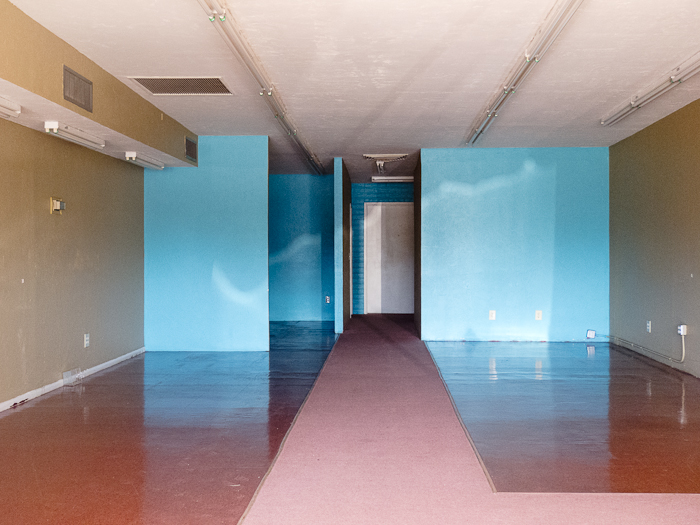










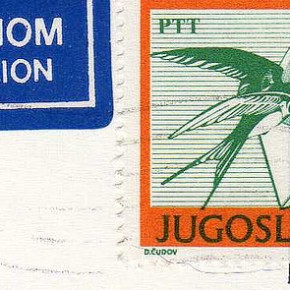
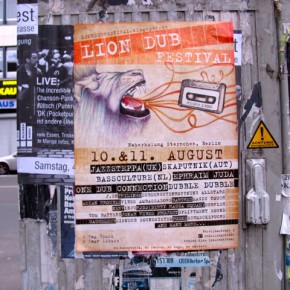

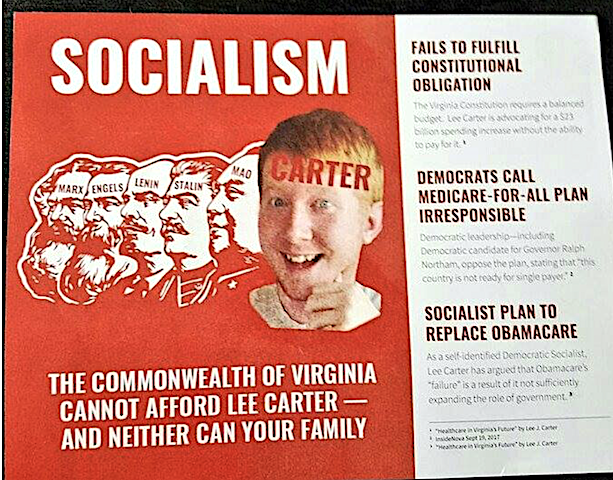
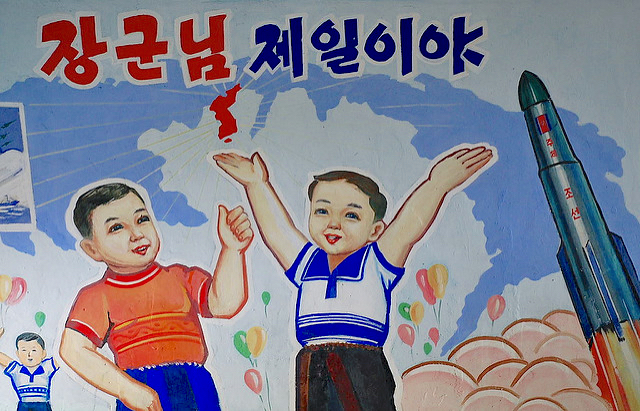
An interesting and important concept, well executed. Somewhat reminiscent of the Robert Adams and Lewis Baltz “topographic landscapes”, but with greater intimacy and emotional resonance.
Photographs symbolizing the housing meltdown which keeps the houses intact and loses the people (like a neutron bomb).